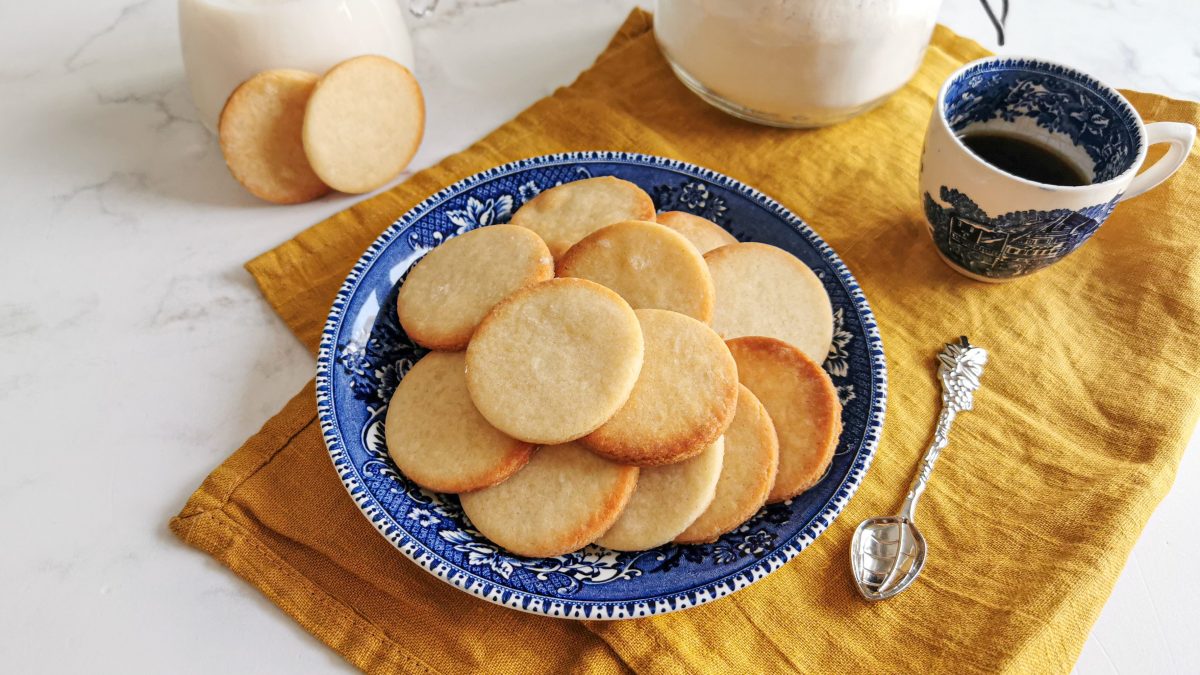
Egg Free Sugar Cookies are delicious and crumbly cookies: the perfect treat for those who are intolerant or allergic to eggs, or for those who want to try lighter biscuits to accompany coffee or tea. Our recipe does not require the use of eggs and is based on a few simple ingredients: flour, butter, sugar, milk and baking powder. All you need to do is quickly work the mixture, roll it out into a thin sheet, cut out the biscuits in the desired shape and finally bake for a few minutes. Once cooked, let them cool on a rack or cutting board and finally enjoy for breakfast or a snack.
What Are Eggless Sugar Cookies?
Sugar cookies trace back to medieval Europe, where they emerged as a simple, sweet treat for special occasions. By the 17th century, German settlers in Pennsylvania were crafting “Nazareth cookies”—a precursor to modern sugar cookies—shaped like keystone symbols, reflecting Pennsylvania’s nickname as the "Keystone State."
While traditional recipes usually include eggs to bind and add richness, egg-free variations of sugar cookies gained popularity as bakers adapted recipes to cater to dietary restrictions or allergies, keeping the texture tender by using butter or milk instead. Today, egg-free sugar cookies offer a smooth canvas for creative decorating and remain a hit among vegans and those with egg sensitivities.
Fun fact: in the U.S., December 4th is actually National Cookie Day—a perfect excuse to indulge in these timeless, versatile treats!
Pro Tips for The Best Eggless Sugar Cookies
- Chilled butter helps maintain the cookie’s shape as it bakes, giving you that perfect round edge.
- Allowing the dough to rest in the fridge for at least 30 minutes enhances the flavor and makes rolling easier.
- All-purpose flour works best, but sift it to avoid clumps and ensure a lighter texture.
- Overworking the dough can make cookies tough; mix until ingredients are just combined.
- Keep the dough about ¼ inch thick to prevent uneven baking, resulting in a crispy edge and soft center.
- Eggless cookies can overbrown quickly, so check a few minutes before the recommended time.
Are These Cookies Gluten-Free?
No, these cookies aren’t gluten-free as they use all-purpose flour, which contains gluten. However, you can make a gluten-free version by substituting with a gluten-free flour blend designed for baking.
Can I Substitute White Sugar With Brown Sugar?
Yes, you can, but it will slightly change the texture and flavor. Brown sugar adds a hint of molasses flavor and makes the cookies a bit softer and chewier due to its higher moisture content.
How Do I Keep My Cookies From Being all Crumbly?
To keep the cookies from being crumbly, ensure the dough has enough moisture by not overmixing and using the right amount of butter. Also, let the dough rest in the fridge—this helps the flour absorb moisture, resulting in a more cohesive, tender cookie.
Help! Why Did my Cookies Spread so Much on the Baking Tray?
If the cookies spread too much on the baking tray, it’s likely due to the butter being too warm or too much was used. Chilling the dough before baking helps prevent spreading, as it solidifies the fat, keeping the cookies from flattening too quickly in the oven.
Why Are my Cookies so Hard and Tough?
If the cookies turned out hard and tough, it’s likely due to overmixing the dough, which develops too much gluten, or overbaking them. To keep them soft, mix just until combined and bake until the edges are set but the centers are still slightly soft.
How Can I Decorate These Cookies?
You can decorate them with colored sugar sprinkles, chopped dried fruit, grated coconut or with a chocolate glaze. You can also fill them with a layer of jam or hazelnut cream, and turn them into sandwich cookies!
Can I Add Something Else to This Cookie Dough?
If you want, you can flavor the dough with grated lemon zest, a teaspoon of cinnamon powder, vanilla extract or ginger: this way you will get spiced and fragrant eggless cookies. If you love chocolate, you can replace 20 g of 00 flour with bitter cocoa powder and also incorporate a few drops of chocolate into the mixture obtained.
Are These Cookies Vegan?
No, they're not, as they are made with butter and milk. But, if you want, you can replace the butter with the same quantity of sunflower seed oil and the milk with a vegetable soy drink, for totally vegan biscuits.
Can I Make These Ahead of Time?
Yes, you can! Simply wrap it tightly and store it in the fridge for up to 3 days. When ready to bake roll and cut as usual.
Do These Cookies Freeze Well?
Yes, you can freeze both the cookies and the cookie dough. For baked cookies, let them cool completely, then store in an airtight container or freezer bag for up to 3 months. For dough, shape it into a log or disc, wrap it well, and freeze for up to 3 months—just thaw slightly before baking.
More Cookies Recipes You Need to Try!
Classic Chocolate Chip Cookies
Copycat Crumbl Chocolate Chip Cookies
4-Ingredient Puff Pastry Cookies
How to Store Eggless Sugar Cookies
These cookies can be stored at room temperature, in a tin or airtight container, for 4-5 days maximum.
Ingredients
How to Make Eggless Sugar Cookies

Pour the milk into a saucepan.
Pour the milk into a saucepan.
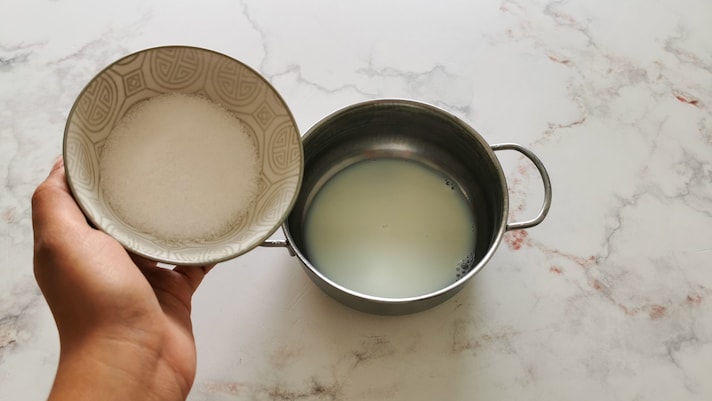
Add the sugar.
Add the sugar.
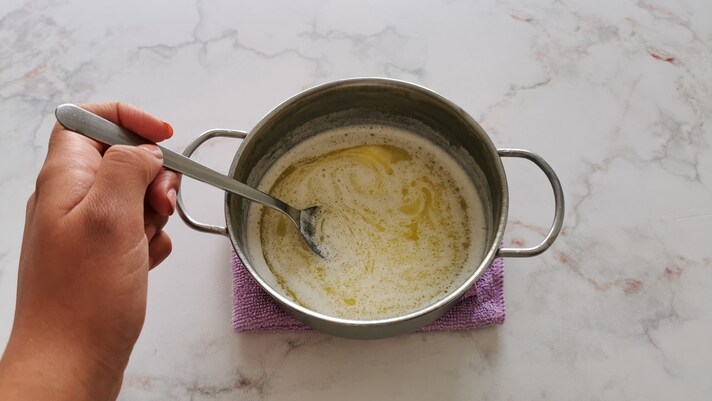
Add the butter, put it on the heat and let it melt well. Turn off and let cool.
Add the butter, put it on the heat and let it melt well. Turn off and let cool.
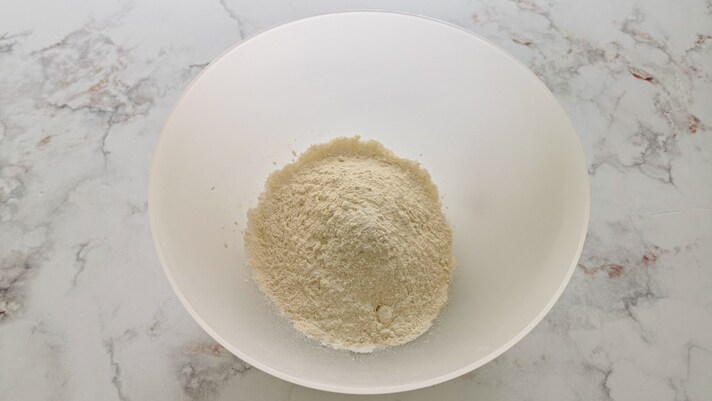
Pour the flour into a bowl.
Pour the flour into a bowl.
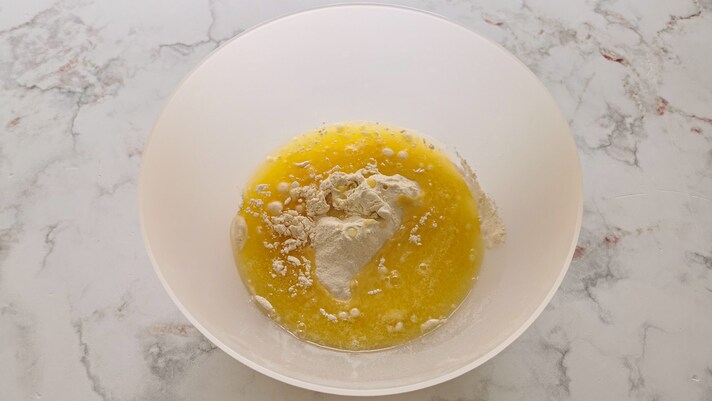
Combine the vanilla yeast and the milk, butter and sugar mixture.
Combine the vanilla yeast and the milk, butter and sugar mixture.
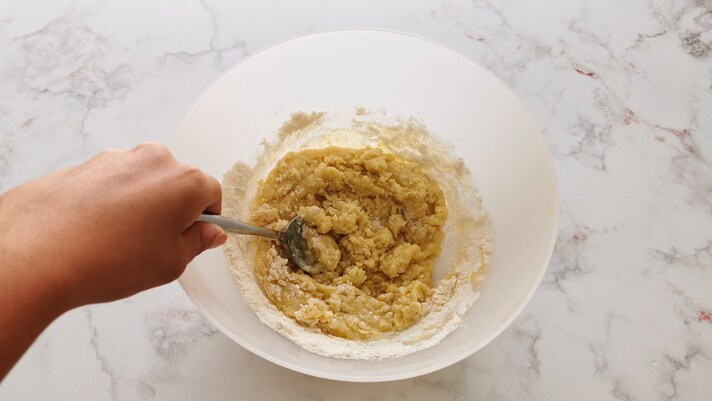
Start mixing the ingredients with a spoon.
Start mixing the ingredients with a spoon.
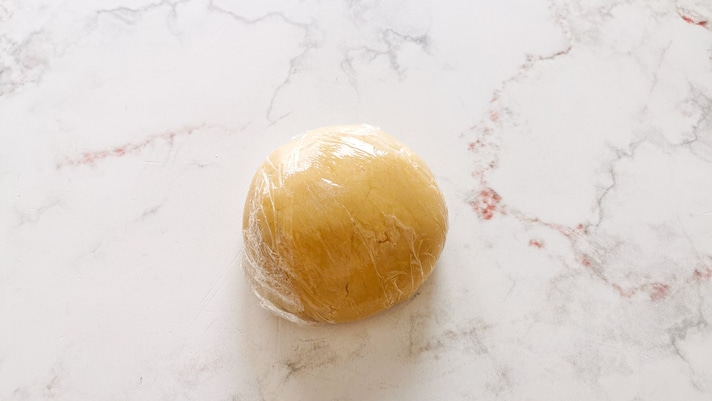
Transfer the dough onto a floured surface and work it until you obtain a smooth and homogeneous dough. Wrap it in a sheet of transparent film and let it rest in the fridge for at least 30 minutes.
Transfer the dough onto a floured surface and work it until you obtain a smooth and homogeneous dough. Wrap it in a sheet of transparent film and let it rest in the fridge for at least 30 minutes.
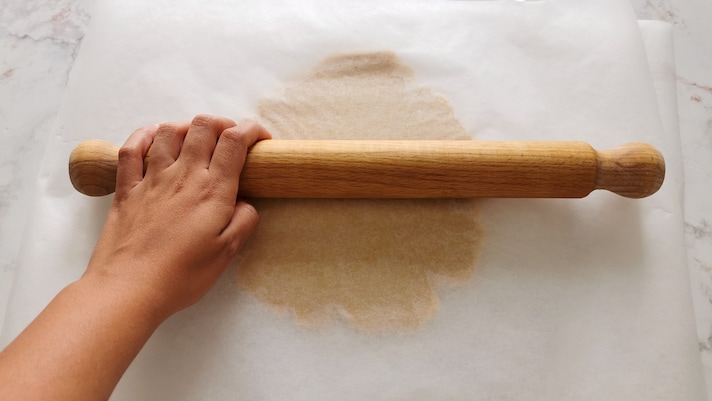
Roll out the dough between two sheets of baking paper with the help of a rolling pin.
Roll out the dough between two sheets of baking paper with the help of a rolling pin.
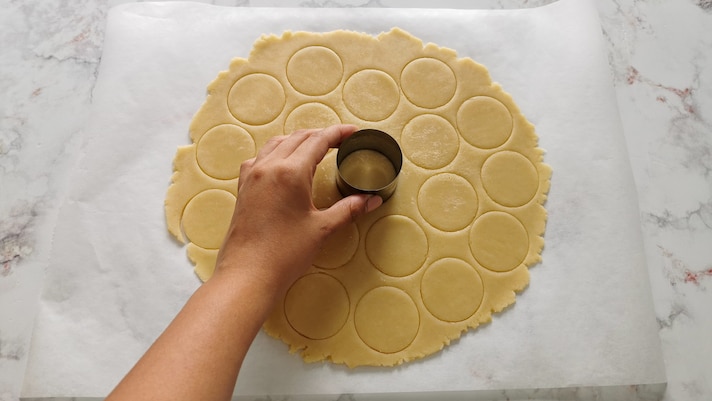
Cut out the biscuits in the shape you want.
Cut out the biscuits in the shape you want.
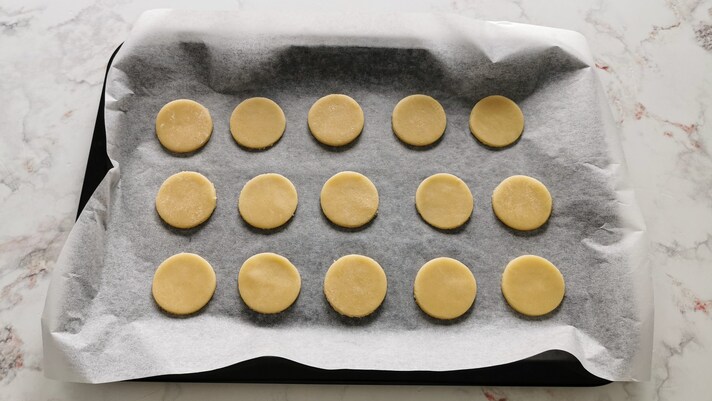
Arrange the biscuits on a baking tray lined with baking paper.
Arrange the biscuits on a baking tray lined with baking paper.
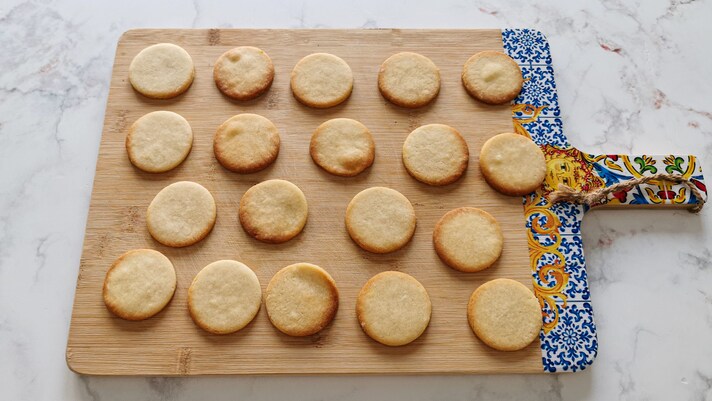
Bake at 360°F (180°C) for 15 minutes. Once golden brown, take the biscuits out of the oven, arrange them on a cutting board and let them cool.
Bake at 360°F (180°C) for 15 minutes. Once golden brown, take the biscuits out of the oven, arrange them on a cutting board and let them cool.
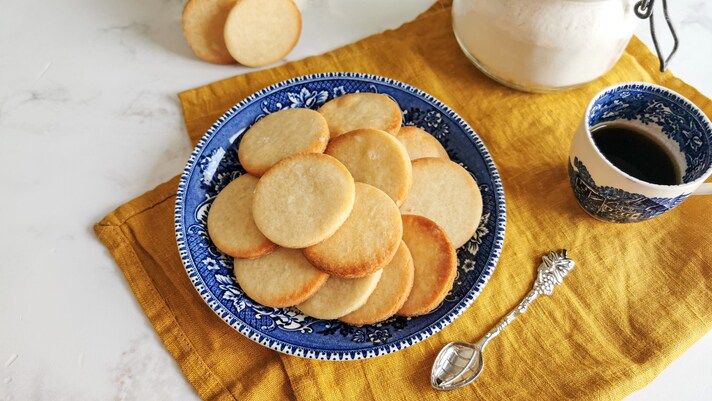
Enjoy!
Enjoy!
;Resize,width=767;)
